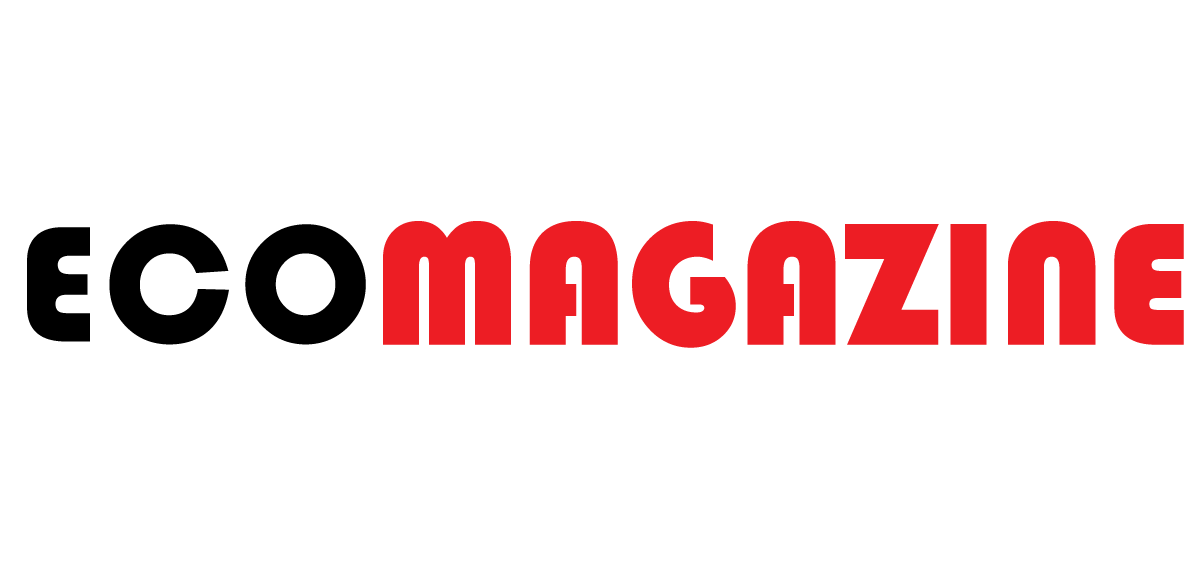In an era where disruption has become the default, agility isn’t just a buzzword—it’s a survival strategy. Markets shift overnight, technologies evolve faster than adoption cycles, and customer expectations seem to rewrite themselves every quarter. Traditional business advantages like size, market share, or legacy brand recognition no longer guarantee success. The companies thriving today aren’t necessarily the biggest; they’re the fastest to adapt.
Business agility—the ability to sense change, respond quickly, and continuously learn—has quietly become the defining edge of modern organizations. From startups to global enterprises, agility determines who leads, who follows, and who fades into irrelevance.
The New Business Reality: Change as the Constant
For decades, competitive advantage was defined by stability. Companies invested heavily in efficiency, scale, and predictability. But the 2020s rewrote that playbook. Global crises, supply chain disruptions, and rapid digitalization forced leaders to rethink what “competitive” even means.
Agility emerged not as a luxury, but as a necessity. Businesses discovered that being locked into rigid structures was a liability when the world was changing faster than their planning cycles. Agility enables organizations to pivot—launching new products, adopting new models, and reshaping operations—without losing balance.
Look at how Netflix transitioned from DVDs to streaming to content production within a decade, or how Shopify evolved from an online snowboard store to a global e-commerce platform. Their success wasn’t built on static advantages; it was built on adaptability.
Why Agility Outperforms Efficiency
Traditional management emphasized efficiency—doing the same thing faster or cheaper. Agility, on the other hand, is about responsiveness—doing the right thing at the right time.
The difference is subtle but powerful. Efficiency thrives in stable environments, while agility wins in unpredictable ones. The more volatile the market, the more valuable adaptability becomes.
For instance, during the pandemic, companies that could reconfigure their supply chains or shift to digital-first models thrived. Others that clung to long planning cycles or rigid hierarchies lagged. Zara, the fashion retailer, is a prime example of agility in action. Its rapid design-to-store turnaround (sometimes under three weeks) allows it to respond to trends before competitors even notice them.
Agility outperforms efficiency because it builds optionality—a strategic buffer that allows companies to capitalize on uncertainty rather than fear it.
Organizational Agility: Beyond Speed
Agility isn’t just about moving fast—it’s about moving smart. Many organizations mistake speed for agility and end up creating chaos instead of progress. True agility is structured adaptability: a blend of responsiveness, alignment, and resilience.
At its core, organizational agility requires three layers:
- Strategic Agility: The ability to anticipate shifts in the market and pivot business models.
- Operational Agility: The capacity to rapidly realign resources, processes, and teams.
- Cultural Agility: A mindset that embraces experimentation, feedback, and continuous learning.
When these layers align, agility becomes an organizational muscle—not a reaction. Spotify’s famous “squad” model exemplifies this. By empowering small, autonomous teams to make decisions quickly, Spotify maintains creativity and speed while scaling globally.
Agility means designing for evolution. Instead of building static hierarchies, agile organizations build adaptable ecosystems.
Culture: The Engine Behind Agility
No amount of technology or process can create agility without the right culture. True agility is a mindset that values curiosity over certainty, collaboration over control, and learning over perfection.
Agile cultures reward experimentation and accept failure as feedback, not a flaw. They flatten hierarchies, decentralize decision-making, and give teams the autonomy to act fast. Amazon captures this ethos perfectly through its “Day 1” philosophy—always acting like a startup, even as a trillion-dollar enterprise.
“Agility is a cultural phenomenon first, a structural one second,” Paul Posea, Outreach Specialist at Superads. “Companies that empower experimentation and remove fear outperform competitors, not because they move faster—but because their people think faster.”
The foundation of an agile culture lies in psychological safety—the idea that employees can voice opinions, challenge ideas, and take risks without fear. When people feel safe to question the status quo, innovation accelerates naturally.
As Google’s Project Aristotle famously revealed, the most successful teams weren’t the most skilled—they were the most psychologically safe. Agility begins where fear ends.
Technology as an Agility Multiplier
Digital transformation and agility go hand in hand. Technology doesn’t make companies agile by itself, but it makes agility scalable.
Cloud computing, AI, automation, and real-time analytics allow organizations to sense and respond to changes faster than ever before. Decision-making that once took weeks now happens in hours. Machine learning models forecast demand shifts, CRM systems personalize customer interactions in real-time, and automation streamlines operations so human talent can focus on innovation.
Consider how Tesla uses data agility. Its cars act as live sensors, continuously collecting data that feeds into software updates and product improvements. Every car on the road helps make the next one smarter. That’s agility at scale.
Technology isn’t just a tool; it’s a nervous system for adaptive businesses.
Leadership in the Age of Agility
Agility reshapes what leadership looks like. The command-and-control model that once defined corporate hierarchies is obsolete. Modern leaders don’t dictate—they empower. Agile leadership is about creating clarity of purpose and then letting teams experiment their way to success. It requires humility to admit uncertainty and courage to make fast, informed bets.
“Agile leadership is about orchestration, not ownership,” notes Suhail Patel, Director of Dustro. “The best leaders set direction and remove friction. Their role isn’t to have all the answers—it’s to make it safe for others to find them.”
Leaders in agile organizations act as facilitators of flow: removing obstacles, aligning teams around shared outcomes, and ensuring that learning never stops.
The Customer Connection: Agility as Experience
The most agile organizations are customer-obsessed. They use feedback loops not as metrics, but as mechanisms for evolution. Every customer interaction becomes an opportunity to adapt.
In a hyper-connected marketplace, customer needs evolve at the same pace as technology.
Businesses that can quickly interpret those signals—and translate them into meaningful action—win.
Take how Airbnb constantly refines its platform based on user behavior and host feedback. Its agility doesn’t come from guessing trends but from listening deeply and iterating relentlessly.
Agility makes businesses more human. It bridges the gap between what customers want and how fast companies can deliver it.
Agility in Practice: Lessons from Real-World Leaders
Agility isn’t theoretical—it’s visible across industries:
- Toyota: Introduced the concept of “Kaizen” (continuous improvement), fostering a culture of small, consistent refinements that compound into major advantages.
- Spotify: Built a scalable framework of autonomy and alignment through squads and tribes.
- Amazon: Masters adaptive scaling, entering new industries (like AWS and Prime Video) while retaining startup speed.
- Zoom: During the pandemic, sit scaled its infrastructure overnight to serve hundreds of millions of users without collapsing—an operational agility case study.
- Adobe: Transitioned from selling boxed software to a cloud-based subscription model, turning disruption into opportunity.
Each of these transformations shares one DNA strand—agility.
Measuring Agility: The New Metrics of Success
You can’t improve what you don’t measure. Traditional KPIs like revenue or market share reveal outcomes, but not adaptability. To track agility, modern businesses use metrics like:
- Speed to Market: How quickly can new ideas move from concept to launch?
- Decision Velocity: How fast can teams make informed decisions?
- Employee Empowerment: Are teams equipped to act without layers of approval?
- Customer Responsiveness: How quickly does the organization react to feedback or crises?
- Learning Rate: How fast can the business absorb lessons and apply them?
Agility metrics shift focus from output to outcome, from control to learning. They encourage continuous motion instead of periodic evaluation.
The Risks of Ignoring Agility
For companies still clinging to rigid models, the risks are existential. History is filled with once-dominant players—Kodak, Blockbuster, Nokia—who mistook stability for strength. Their downfall wasn’t lack of talent; it was lack of adaptability.
Rigid structures suffocate creativity and slow reaction times. When markets pivot, slow organizations can’t catch up. In today’s world, the cost of inaction often outweighs the cost of a wrong move.
In short, if agility isn’t part of your strategy, obsolescence might be.
Building an Agile Future
Becoming agile isn’t an overnight transformation—it’s a continuous journey. Here’s where most organizations begin:
- Start with Mindset: Encourage curiosity, experimentation, and accountability at every level.
- Empower Teams: Push decisions closer to where information lives—within the teams doing the work.
- Adopt Iterative Planning: Replace annual plans with rolling strategies that evolve with the market.
- Use Technology Wisely: Invest in tools that improve visibility, collaboration, and data-driven insight.
- Reward Learning: Celebrate progress, not just perfection.
Agility grows when people are trusted to adapt, not forced to comply.
The Payoff: Agility as a Long-Term Advantage
Agility doesn’t just help organizations survive change—it helps them shape it. Agile companies capture opportunities faster, retain top talent through empowerment, and build resilience against shocks.
A McKinsey study found that highly agile organizations outperform peers in profitability and growth by 20–30%. But beyond numbers, agility breeds confidence. It creates businesses that aren’t just reactive, but proactive—ready to evolve before disruption demands it.
In the coming years, agility will separate leaders from laggards, not just in tech but across every industry.
Conclusion: Adaptability Is the New Strategy
The future belongs to the flexible. Agility isn’t about speed for speed’s sake—it’s about alignment, learning, and courage in motion. In a world where change is constant, agility transforms uncertainty into opportunity.
The organizations that will lead the next decade aren’t those with the deepest pockets or the oldest brands, but those that can learn, unlearn, and relearn—faster than anyone else.
Agility is no longer an operational choice. It’s the ultimate competitive advantage.


